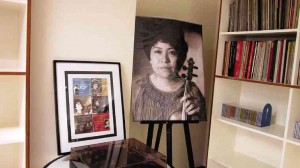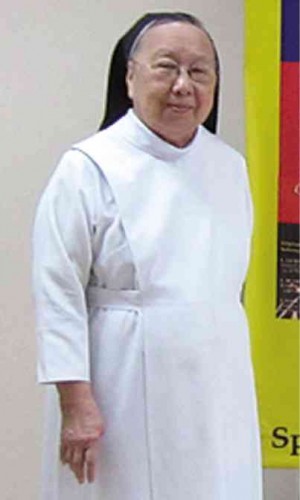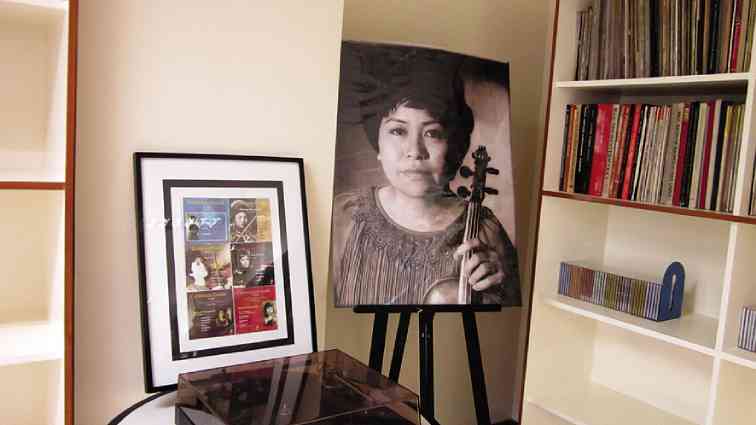
In the late 1950s, fundraising by a radio station in Manila helped to launch the international career of violinist Carmencita Lozada, then a tiny wisp of a girl from whose dainty fingers would emerge mighty sounds that would thrill audiences in Europe and the United States.
Young Lozada was to participate in the Paganini International Competition in Genoa, Italy, in 1957, but there was no money forthcoming. So a music lover, Philip Monserrat, who owned the radio station DZMY, thought of raising funds by having the violinist play regularly in the station and exhorting listeners to send in their donations.
The gambit worked, and Lozada made it to the prestigious competition. She was the youngest and the only Asian performer, and she emerged one of the top five winners.
“I ranked second but placed fourth,” she would laughingly tell her siblings Manolo and Teresita.
Sister Mary Placid Abejo, dean of the School of Music of St. Scholastica’s College in Manila, was then majoring in Piano and she remembered Lozada practicing regularly at the school with her mentor, conductor Luis Valencia. In fact, Sr. Placid would accompany the violinist on the piano.
“She was always here, every Friday with Valencia,” recalled the nun from Cagayan de Oro City, herself coming from a musical family (the late composer Sr. Rosalina Abejo was an aunt.)
World renown
Sr. Placid added: “She was a natural, walang aire (no airs), but you could see she was gifted. Tugtog siya nang tugtog (she kept on playing). She had many friends but she knew how to use her time schedule. She accomplished much.”
Indeed, she achieved world renown with her masterful rendition of the works of the masters. A longtime resident of Germany, she returned to this country during her last years to attend to her memorabilia, and died of a lingering illness in 2006.
“During the last 10 years of her life, Carmencita painstakingly sorted out the music scores she used to prepare for her concerts,” her sister Teresita Lozada Selby recalled. “She carefully labeled each score with numbers and codes in a manner easily recognizable for use by the public.”
The family established a private library of the violinist’s music collection and memorabilia in their residence in Pasig City, which was made available to the public on an appointment-only basis.

“The creation of a private library was Carmencita’s wish,” said Selby.
Dream and mystery
That dream came true with the recent inauguration of the Carmencita Lozada Library at St. Scholastica’s School of Music, which is adjacent to the main Music Library.
The collection includes books, magazines, and newspaper clippings of reviews and articles in various languages; long-playing records and a record player; over 250 music scores by European classical composers; original compositions by famous Filipino composers dedicated to (and premiered by) Lozada; trophies and posters from around the world.
“It was always her desire to promote the arts and encourage musicians everywhere, especially in her own Philippines,” Selby said during the inauguration.
Before she died, the violinist bequeathed to her country a priceless legacy: the Heritage Recordings, a series of 15 CDs of her best performances.
Why Lozada is not yet a National Artist is one of those mysteries only the board members of the Cultural Center of the Philippines and the National Commission for Culture and the Arts can explain.
But there is now a move to name her a National Artist posthumously. Your signature, please.













































